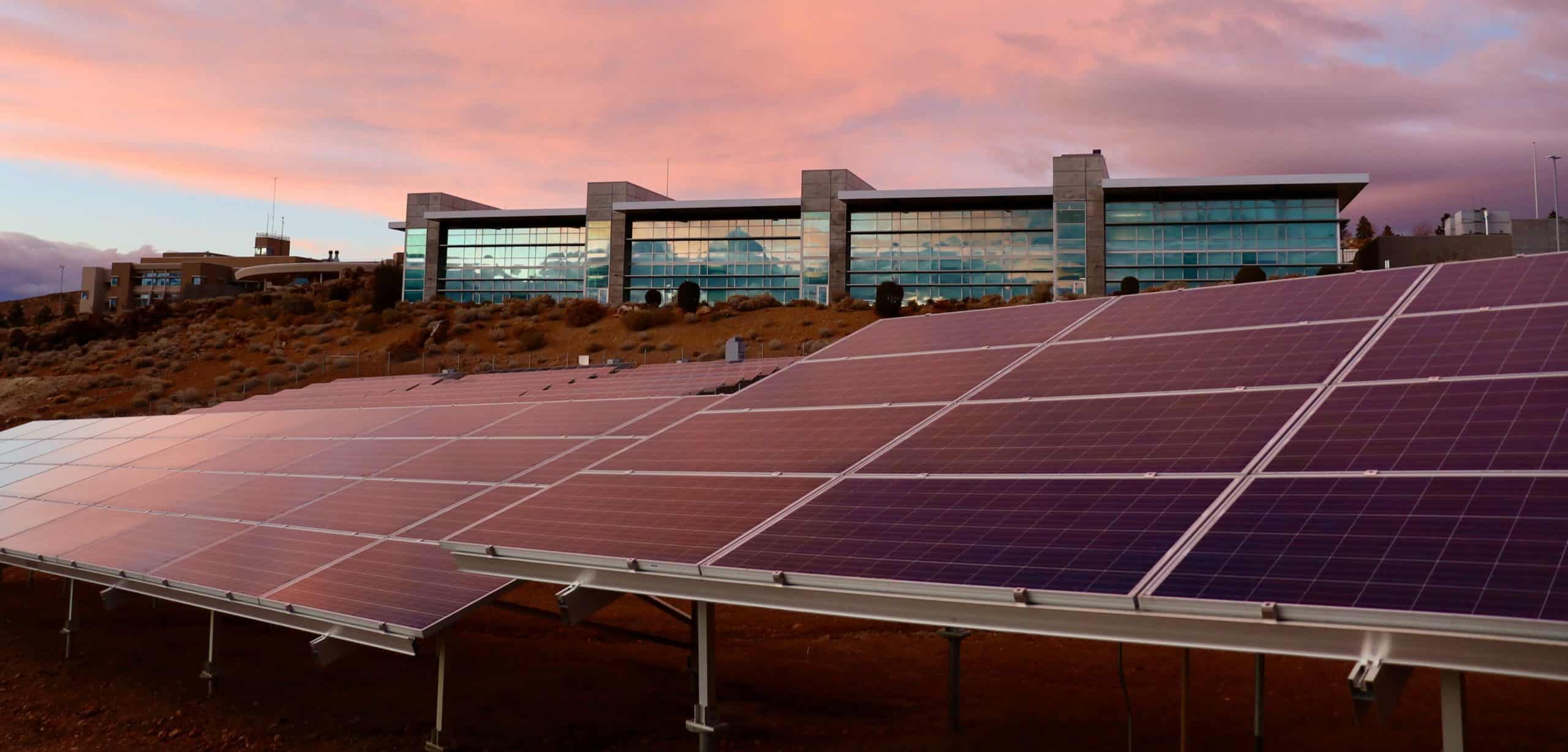Save Now, Pay Later.
With flexible payments from handypay.
Save Now, Pay Later.
With flexible payments from handypay.
Published

This is going to be boring and it might be time to put the kettle but hang in there if you can.
Many people pop in to see us from time to time to ask what on earth their power means. They can easily read how much they owe but they struggle to see where their power is going. Let’s start with the basics and we are only going to talk domestic or mum and dad bills.
Network fixed charges. Depending on your tariff this can vary but lets just say everyone pays a bit over $1 per day. This is regardless of how much energy you use as this is just as the name implies a fixed charge and this bit go Tasnetworks.
If you are eligible for the pensioner discount you will find that will cover the fixed charges component of your bill.
The real information is a couple of pages back generally underneath the area marked your supply details.
Most homes in Tassie are on the 2 tariff system. That is Tariff 31 and tariff 41 (sometimes called T42)
T31 is your lights, power points, electric oven and stove top. T31 is 28 cents per unit of power
T41 is hot water and heating and these will be hard wired devices as in they do not go into a power point. T41 is 18 cents per unit of energy
Your bill total is the combined total of your fixed charges and your tariff consumption charges.
Let’s pull a typical bill apart and let's use some rounded numbers for simplicity.
Let’s say I have $600 bill.
$100 of that is network fees
The house then used $500 of electricity over 90 days.
Now where did that power go?
We look at the 3rd page and we can see $250 was consumed on T31 which no was our lights and everything plugged into power points. Also our oven and stove.
This means we used $250 of T41 which we can determine was a mixture of our electric hot water and hard wired electric heating like a heat pump.
We still used a lot more power on T41 but remember it's charged at a lower rate.
More and more these days we are seeing clients use the new time of use tariff called tariff 93.
This has the whole house on the one meter which is good for solar customers as it means for the first time the whole house can be energised or ran from the solar system.
Now the tariff 93 bill will have off peak and peak periods marked.
Okay hang on to your hat, as its about to get really boring.
T93 has two different rates but on the same meter. Mon to Fri 7am to 10am and 4pm to 9pm your house is charged at 32 cents per unit of energy the rest of the day and night during the week and all day and all night on weekends is charged at 15 cents.
So when you see peak on your bill that is the power used in those 7 to 10 am and 4 till 9pm weekday periods. Quick tip this is the periods you want to try and avoid big loads.
Off peak charges on your bill mean the power the house consumed in every other time that wasn’t in those peak hours.
Now if you have your head around that lets talk the solar feed in tariff line on the bill.
Usually called solar feed in tariff on the bill and this is the power you generated and didn’t self consume. This is basically the left over power from your solar system that you didn’t use. It is displayed as a minus figure as it basically comes off your bill.
Your feed in rate is 9.3 cents per unit of power.
When we add all these up we have the total.
Now if you struggled with all of that and I know most of you did feel free to bring your bill into DMS Energy at 56 Sheffield Rd Spreyton and the team is more than happy to decipher your power bills because we are well aware they are not user friendly.
Or you can take a photo of them and send them as a message to us on FACEBOOK just look for DMS Energy.
Or If you just want to take control of your energy future call us on 1300 502 599 and we can certainly help you out.

Simple, Low Rate Green Loans

Introducing award winning finance provider, Handypay, to bring you the most Competitive, Flexible and Versatile finance solution available in the home improvement industry today!
We have partnered with Handypay so customers can access a simple, affordable green loan for their solar panels and home batteries. Get a no-obligation quote and pre-approval in minutes, not weeks.
DMS Energy strives to Honestly, Ethically and Accurately assist Tasmanians to meet their energy reduction goals.
DMS Energy have advised countless locals on the right energy solutions for their home’s and business’s.




DMS Energy are not your typical energy efficiency salesmen! We are long time locals offering expert advice on solutions that are tailored to your individual needs. Talk to one of our experts today.